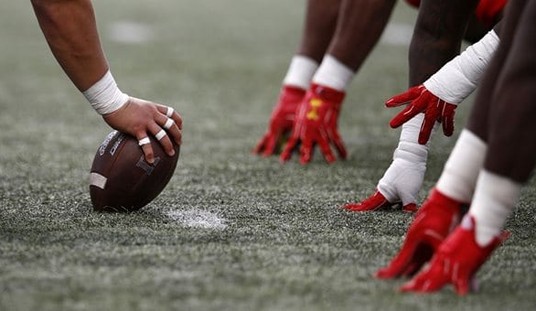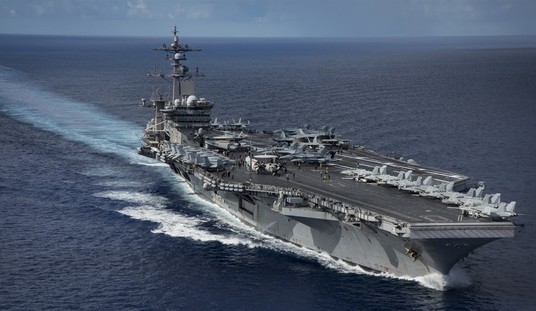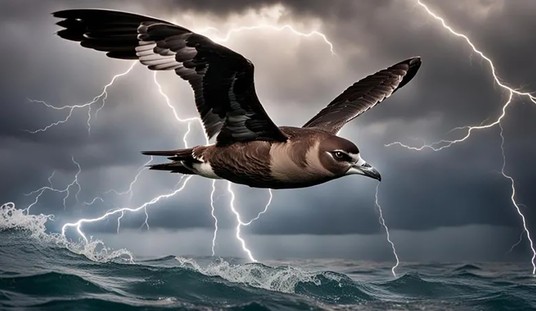
When virtually any American citizen is asked to name the first President of the United States, what’s the usual answer? George Washington, of course.
But this week, the RedState Department of History looks at an alternative answer. Today’s anniversary celebrates a man who, in the eyes of some, relegates Washington to the status of President number nine.
On this day in 1781, John Hanson was named the first President of the United States in Congress Assembled.
The United States had at least eight Presidents (and to some historians, as many as ten) under the Articles of Confederation, the governing document which preceded the Constitution. Hanson was the first to be elected after it went fully into effect in 1781.
He was born in Maryland in 1721, and was appointed sheriff of Charles County in 1750 at the age of 29. Seven years later he was elected to the assembly and aligned himself with Patriot causes by opposing the Stamp Act in 1765.
From there, Hanson increasingly aligned himself with rebel elements in Maryland, being named to the second Continental Congress in 1779, while also running the local Committee of Observation, in which he was engaged in:
“making gunlocks, storing powder, guarding prisoners, raising money and troops, dealing with Tories, and doing the myriad other tasks which went with being chairman of the committee of observation”.
Hanson was also the final signatory to the original Articles of Confederation in 1781, at which time they went into effect. And on November 5, 1781, Hanson was elected President of the assembly – making him the first “President of the United States in Congress Assembled.”
To further confuse the issue, Hanson himself was the either third or the fourth President to serve under the Articles but the first to be elected under its terms. Samuel Huntington was already acting as President when the articles were written, Samuel Johnson was elected but declined to serve, and Thomas McKean served only three months before resigning after the British surrender at Yorktown.
The issue for historians is that the Articles of Confederation did not allow for an Executive Branch, meaning Hanson was a President with very little actual authority. However, his one-year term accomplished quite a bit:
He was able to remove all foreign troops from American lands, as well as their flags. He also introduced the Treasury Department, the first Secretary of War, and the first Foreign Affairs Department. He led the fight to guarantee the statehood of the Western Territories beyond the Appalachian Mountains that had been controlled by some of the original thirteen colonies. What’s probably most interesting is that Hanson is also responsible for establishing Thanksgiving Day as the fourth Thursday in November.
The Articles also didn’t make any allowance for how succession was to be handled, so Hanson kept his post out of a sense of duty to his country. But just over a year after leaving his post in November 1782, Hanson died at the age of 63 – as our first President, our third, or not a President at all.
Happy Sunday and enjoy today’s open thread!













Join the conversation as a VIP Member